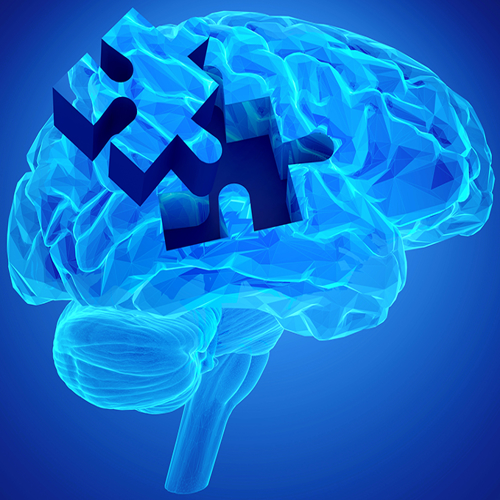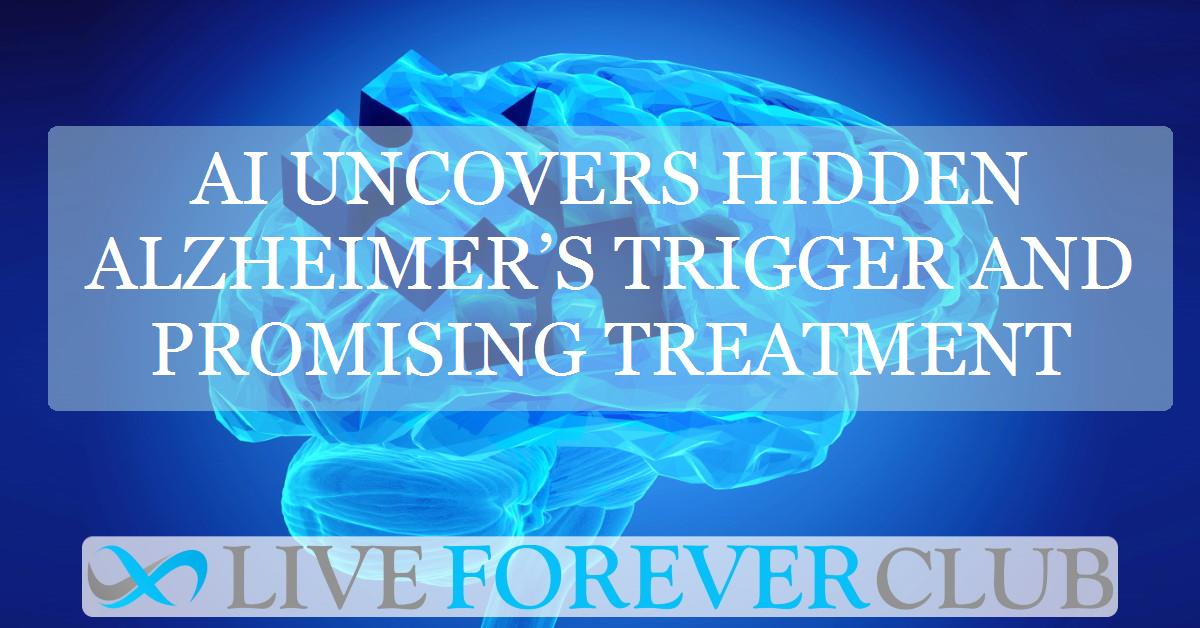Key points from article :
A team of researchers at the University of California San Diego, led by Professor Sheng Zhong, has uncovered a surprising new cause of Alzheimer’s disease—and a potential way to treat it. The study, published in Cell on April 23, used artificial intelligence to investigate the gene PHGDH, previously flagged as a biomarker for Alzheimer’s. Their findings revealed that PHGDH is more than a marker—it plays a causal role in disease progression through a previously unknown secondary function.
PHGDH is known for producing an enzyme needed to make the amino acid serine. However, using AI to analyse its 3D structure, researchers discovered that the protein also mimics a DNA-binding transcription factor, disrupting how genes are turned on and off in brain cells. This disruption throws cellular systems out of balance and leads to the brain changes seen in Alzheimer’s. Elevated levels of PHGDH protein were linked with worse disease progression in both brain organoids and mouse models.
Most importantly, the team identified a small molecule, NCT-503, that blocks PHGDH’s harmful regulatory activity without affecting its useful enzyme function. In mouse models, NCT-503 treatment improved memory and reduced anxiety—key symptoms of Alzheimer’s. Though more testing is needed, these results raise hope for a new class of orally available drugs targeting spontaneous (non-hereditary) Alzheimer’s before major damage occurs.
This breakthrough not only deepens understanding of Alzheimer’s mechanisms but also highlights the power of AI in uncovering hidden biological functions and guiding new drug discovery.








